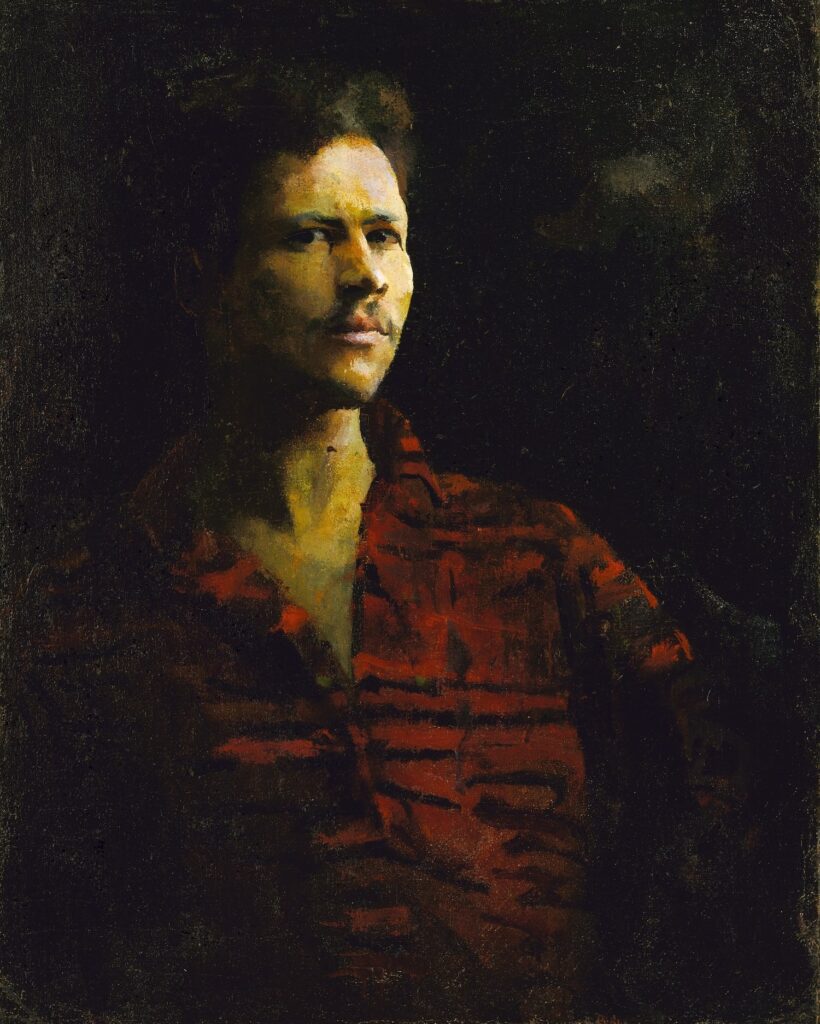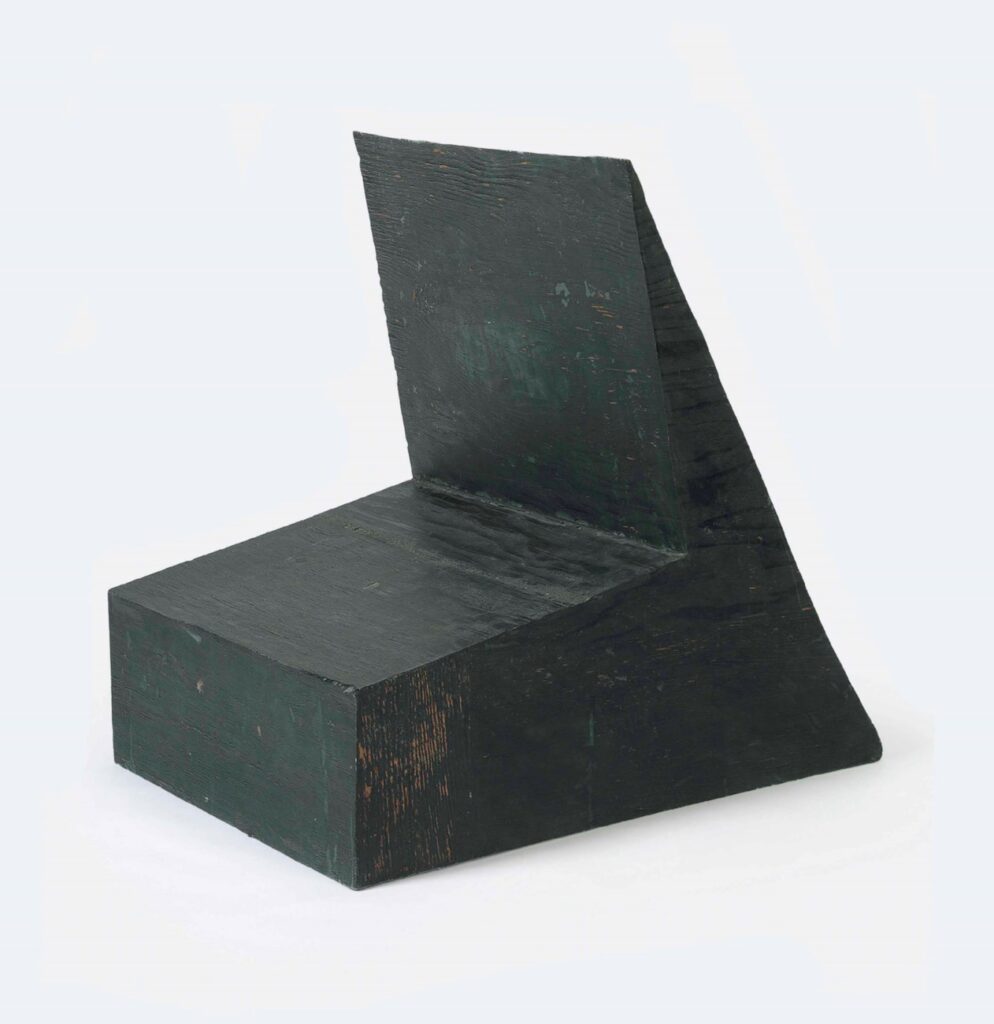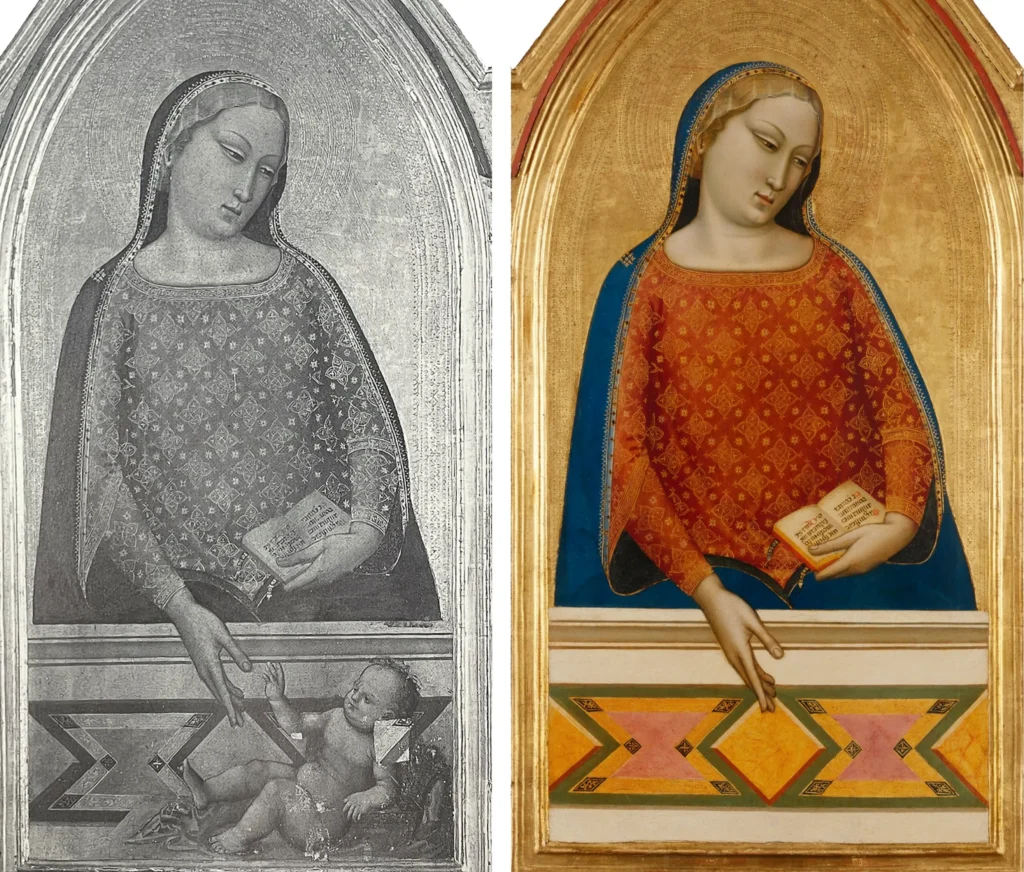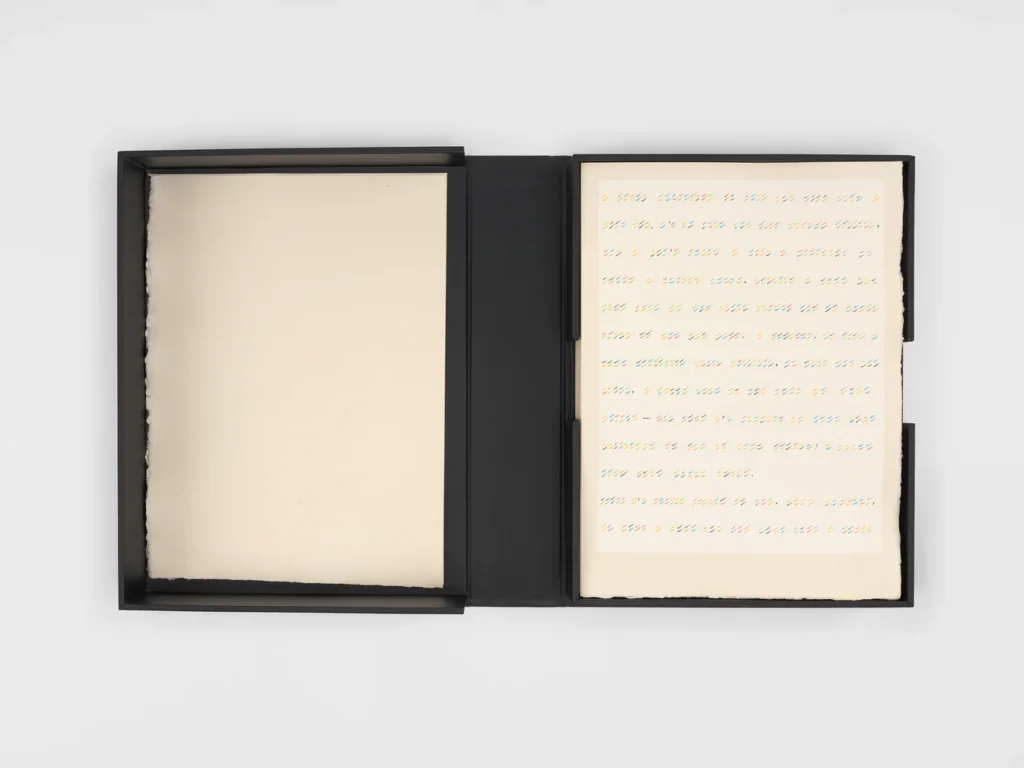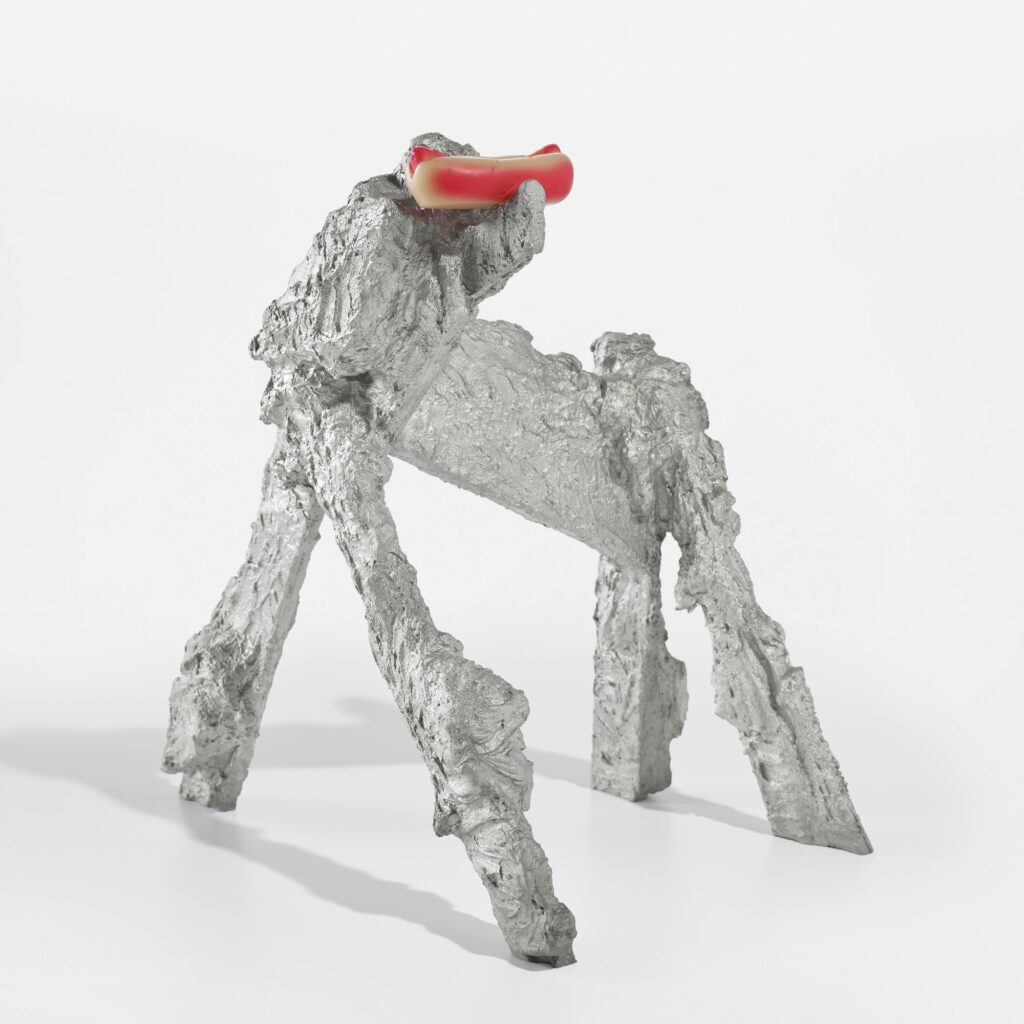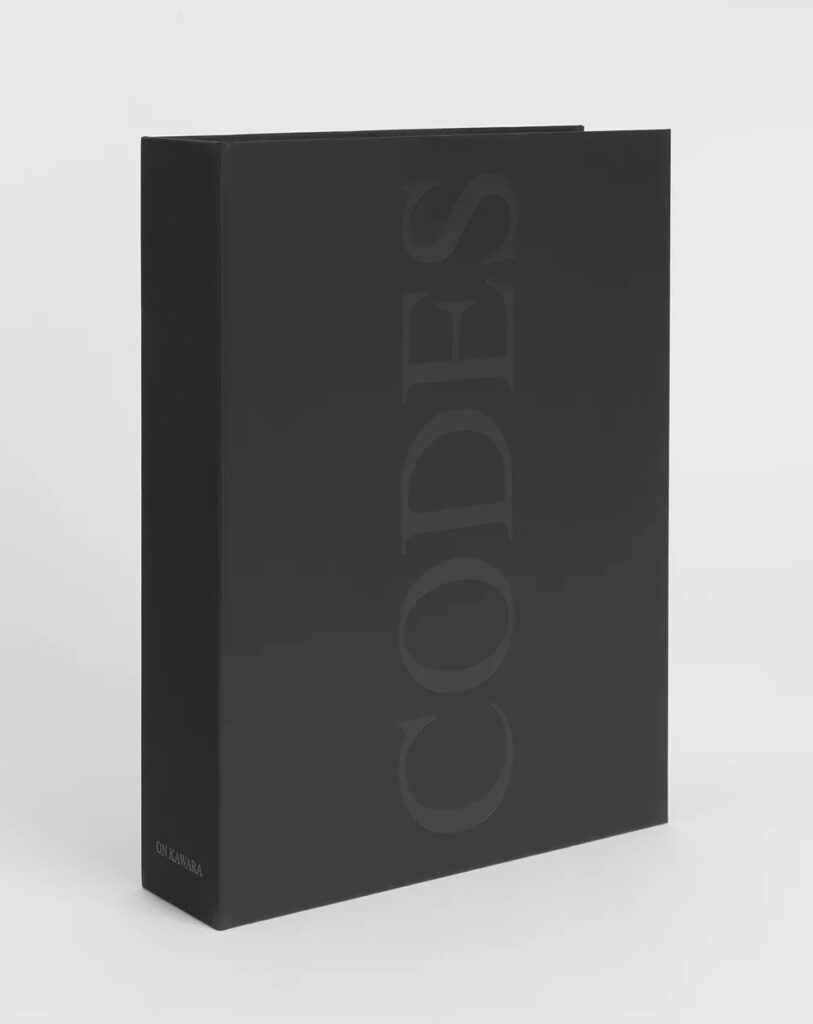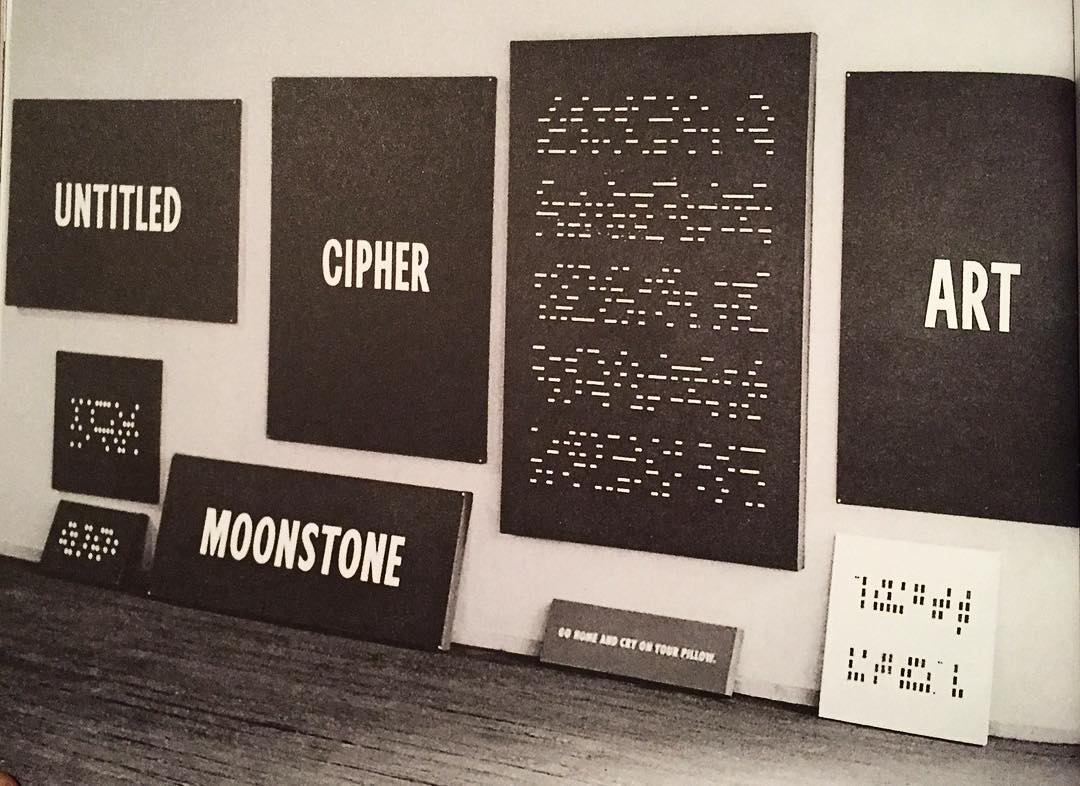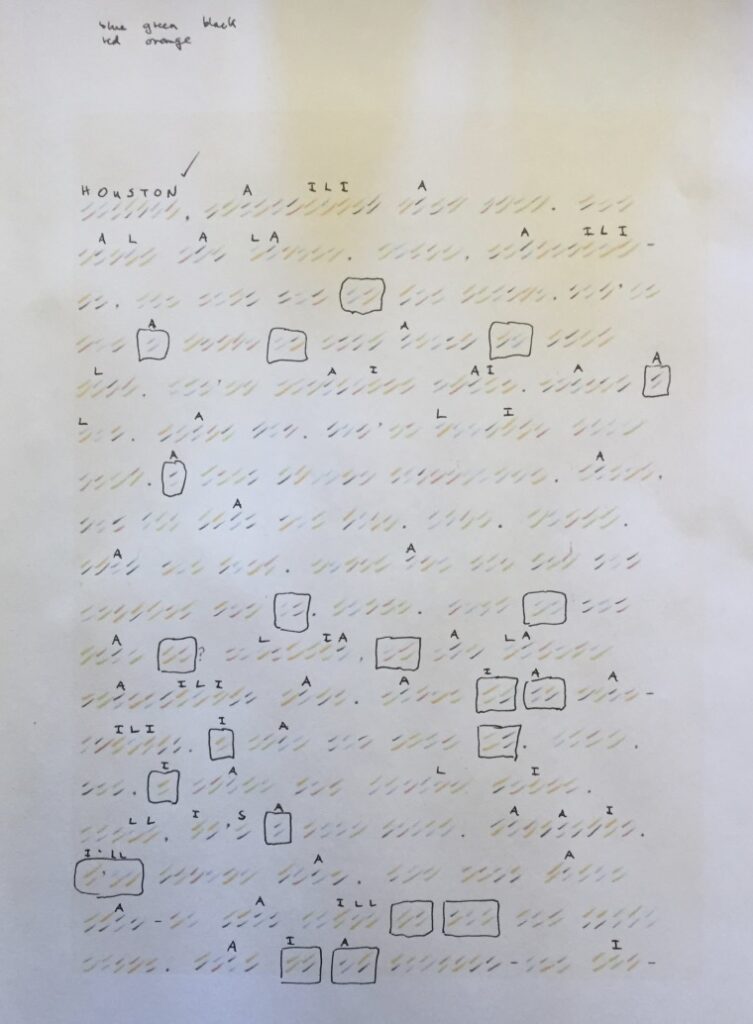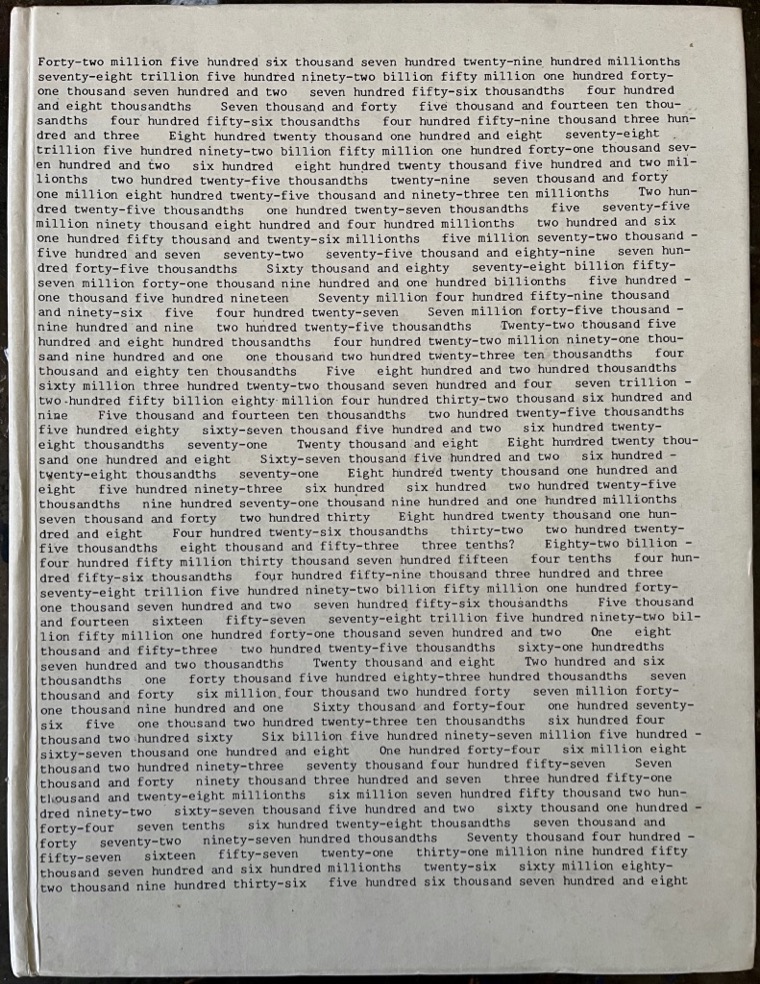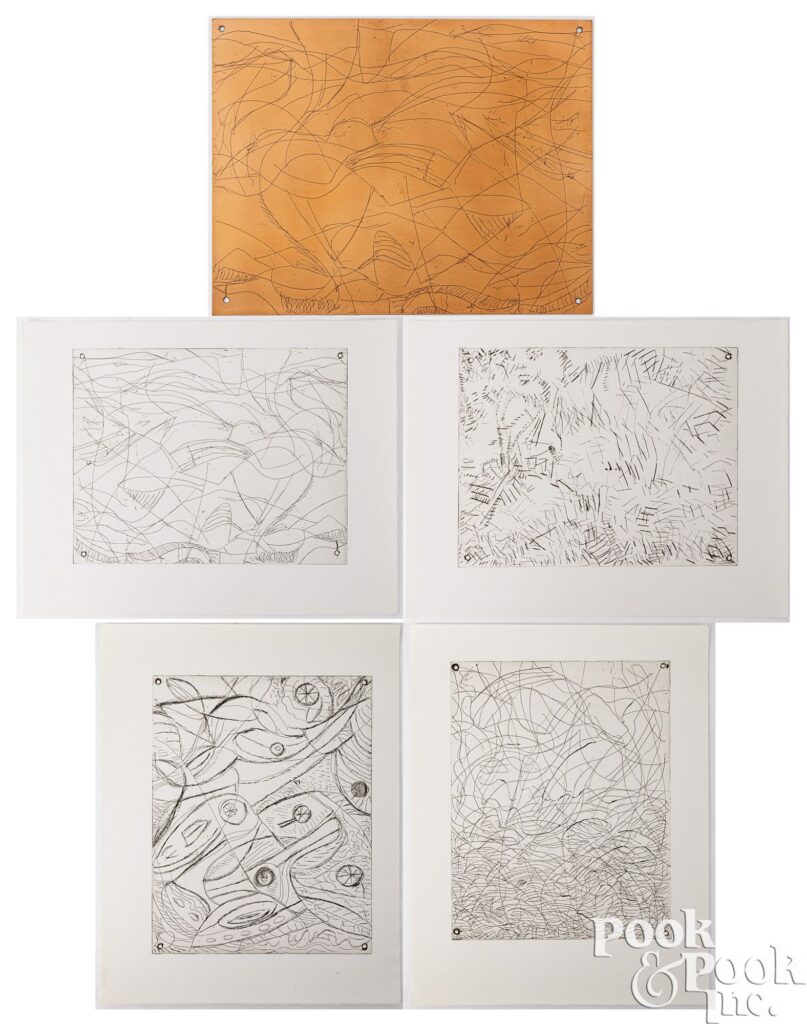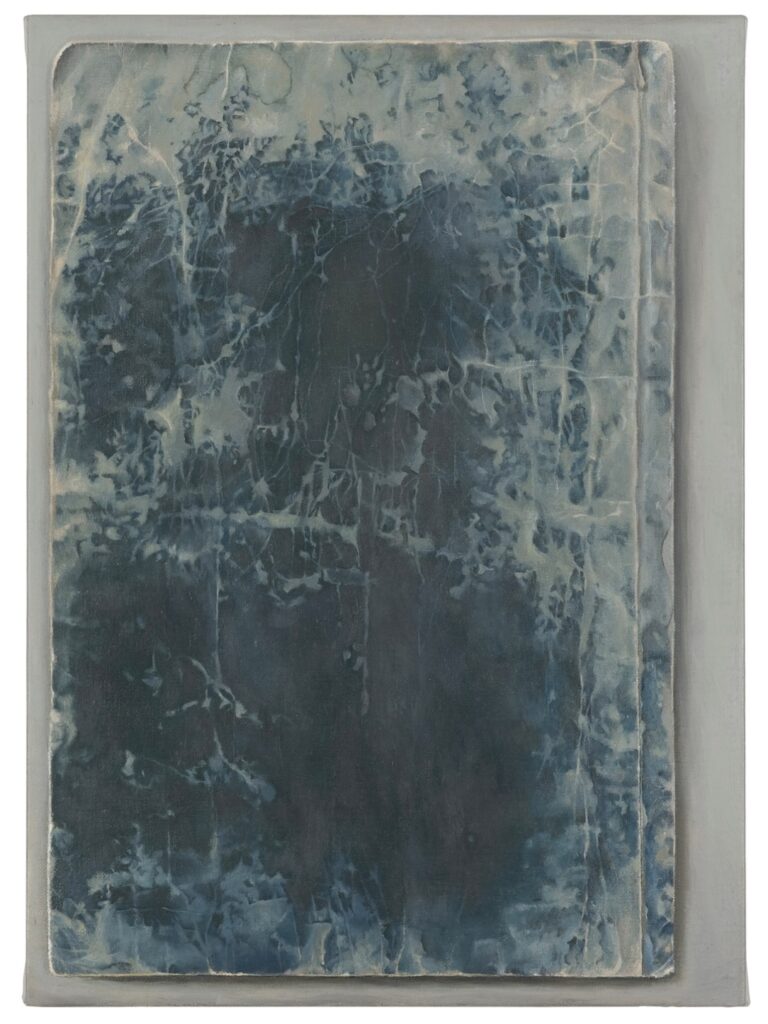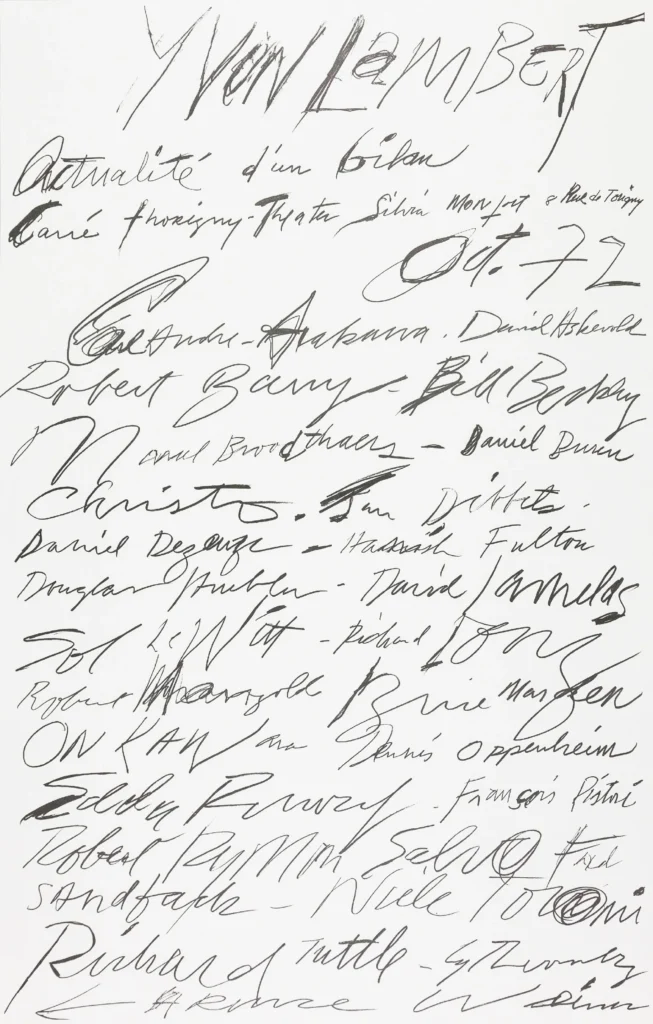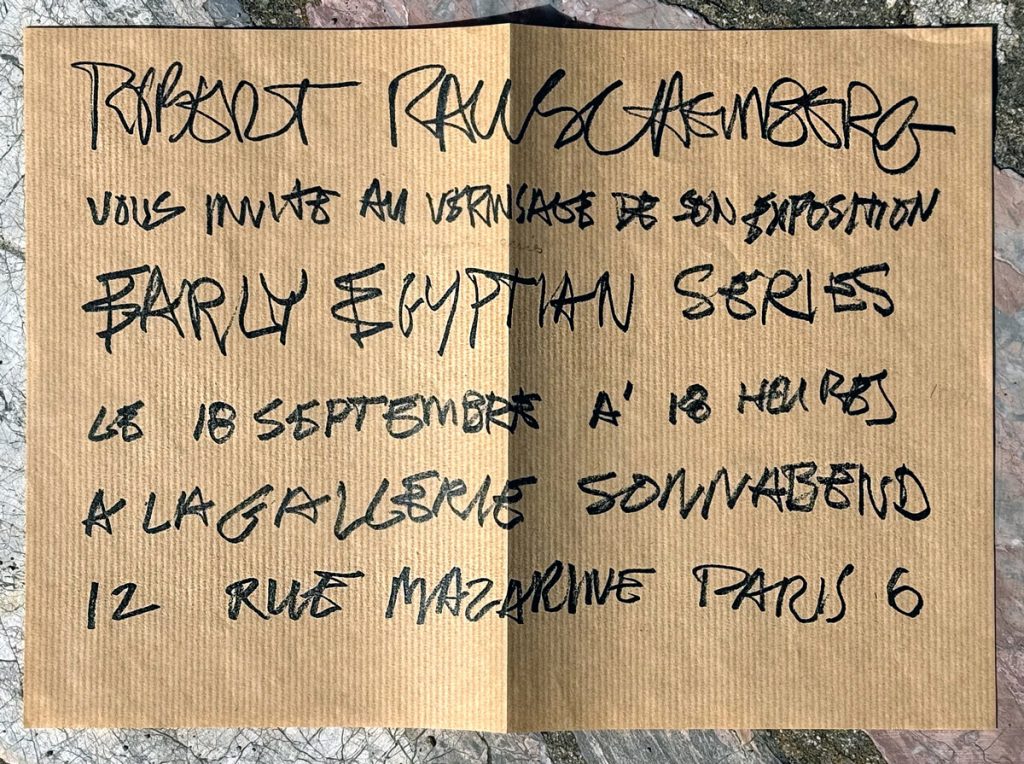
The house of Roy and Dorothy Lichtenstein has been emptied into the online showroom of Bonhams, where everything will sell this month. There are so many things that have a bit of excitement because they were the Lichtensteins’, like some rugs, chairs, dishware, books, but come on.
There is art they collected, nothing major, but still interesting. The drawing of his wife’s and the Lichtensteins’ heads sticking out of the water that Dan Flavin made from the shore in 1970. A photocopy edition? Ellsworth Kelly made about Paul Waldman, the artist husband of his Guggenheim curator Diane, who Roy once bought a house with in Southampton. The “DO NOT EVER WORK” brick Dorothy got from Rirkrit Tiravanija’s Chinese brick mill at the 2015 Venice Biennale, which I thought was an edition of 14,086, not 500. (I cannot tell you how much or why it bugs that no one mentions the Chinese characters are stamped backwards.)
But then there’s their Louise Lawler, a small photo, inscribed on the back: “Roy + Dorothy! M.C. + H.N.Y., L.L.” The edition number is 1/100, and it suddenly made me wish I’d been in the top 100 on Lawler’s Christmas card list in 1991.
According to its entry in the Roy Lichtenstein Catalogue Raisonné, that drawing, Xmas Ornament, 1963, was likely a gift from the artist to Emily & Burton Tremaine. Between 1973 and 1976, it rolled through six dealers, collectors, and auction houses before finding someone who wanted to keep it. Until November 1991, anyway, when Lawler photographed it at Sotheby’s. In those short weeks, did it all just come together with that euphoric satisfaction of finding the perfect gift for someone? Of course, she also did kind of plant a stake by declaring an edition of 100.
But maybe they weren’t all Christmas gifts after all. Marion Lambert’s AP2/10, with a new title, Mao and Ornament, and an impossible date of 1990/91 on the label, came from Metro Pictures. It was sold in 2021 to benefit charity. Ed. 40/100 was acquired from Metro Pictures in 1993. It didn’t sell in 2023 in Cincinnati. So plenty more out there for you, let this one go by, if not unnoticed, at least unbidden. I will take it for $10.
“It’s the Lichtensteins’ Lawler photo of a Lichtenstein, Bonhams. What could it cost? $10.” [update: sold for $4,096][bonhams]

